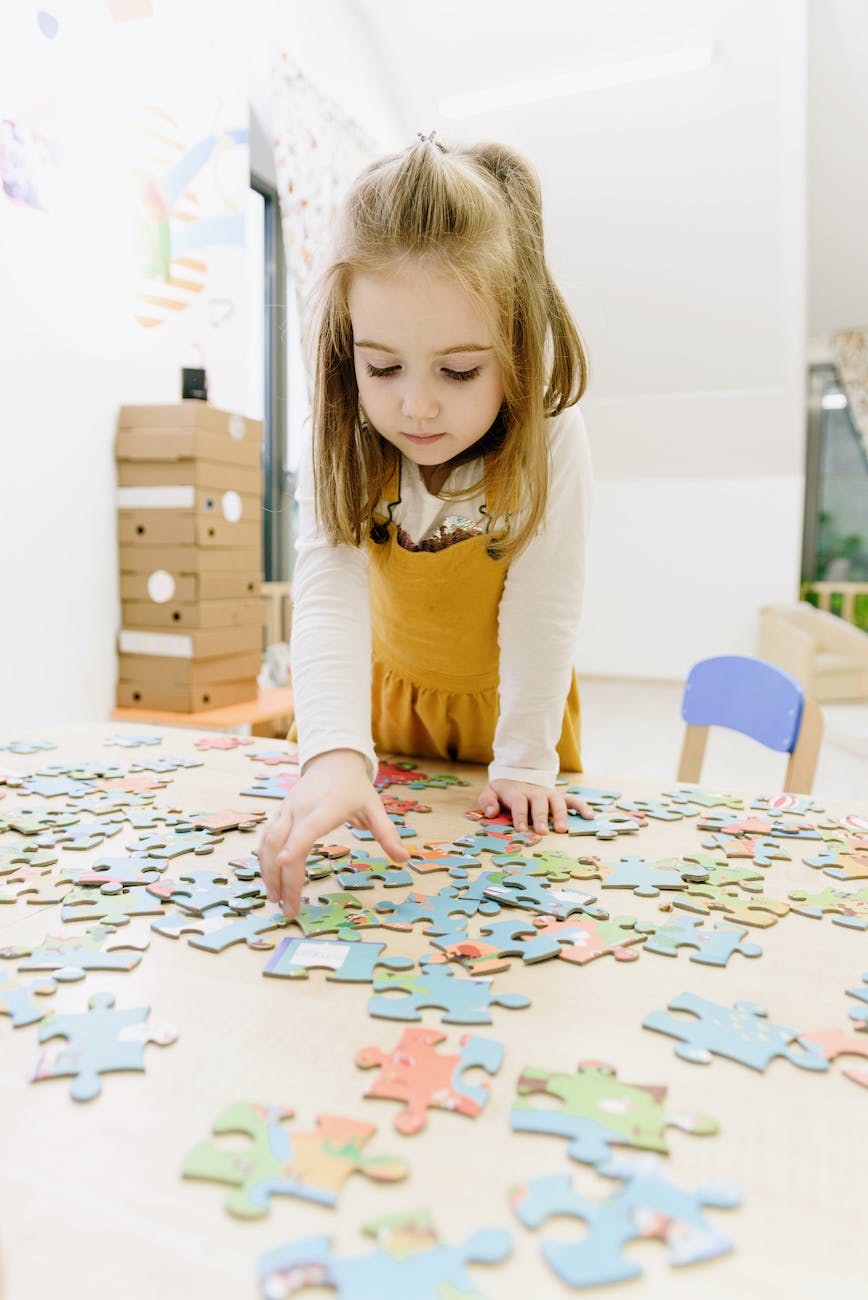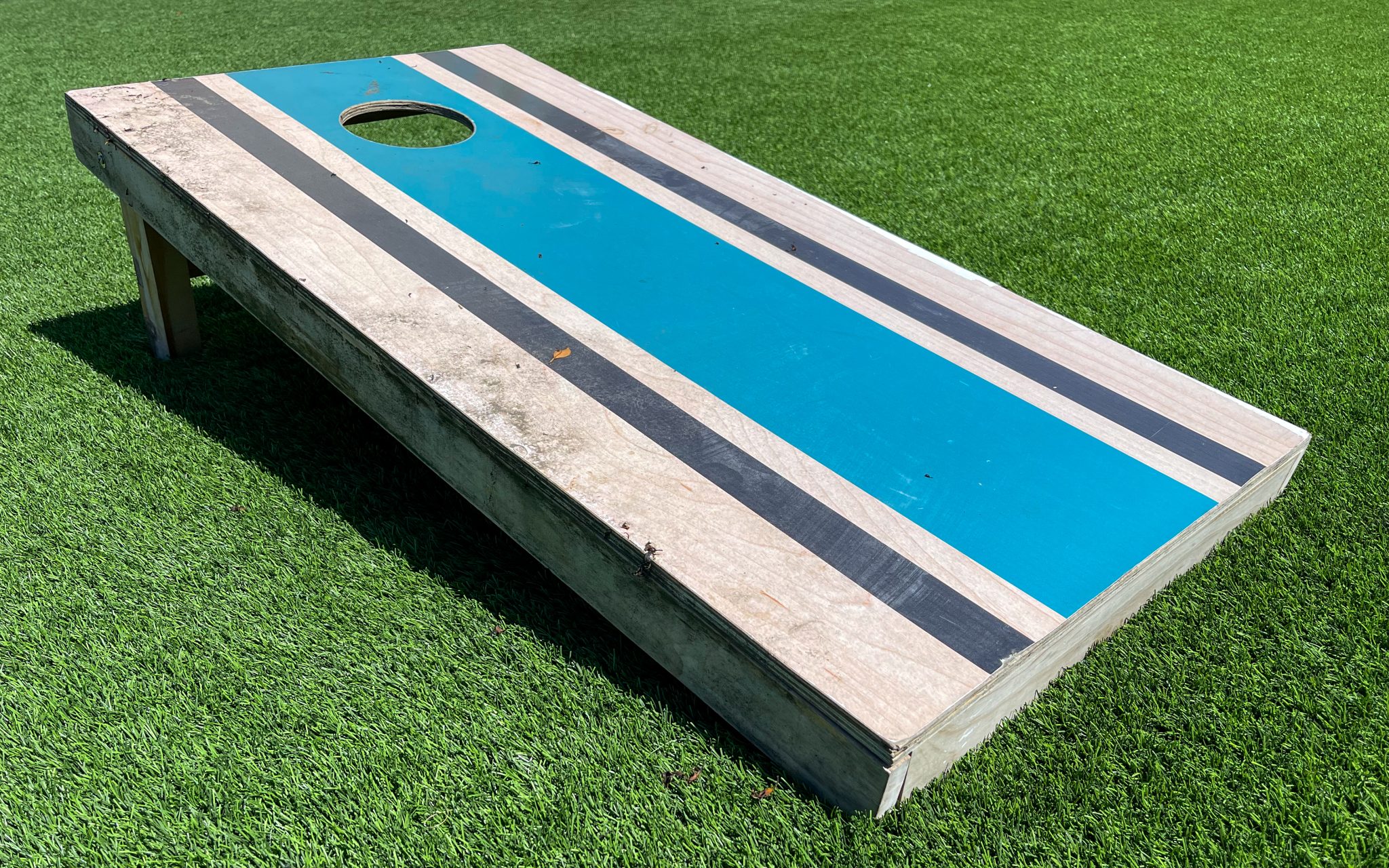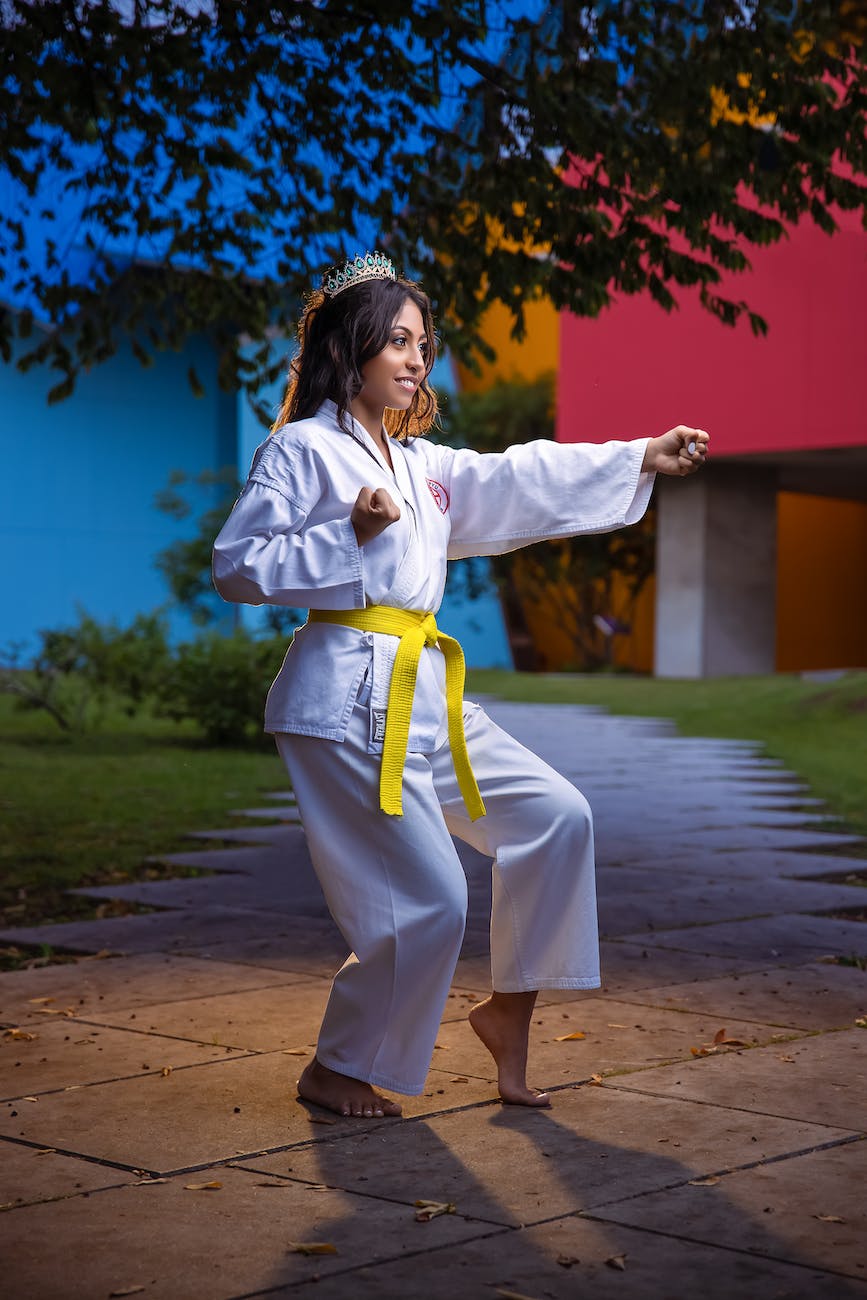Greetings and welcome to a new Flute Friday!

A large section of my flute studio is comprised of beginning flute students. There is a certain magic in learning the flute from the ground up. Everything is new and interesting. There are achievable challenges and brand-new goals with each lesson. The newness of learning the first few notes often masks the frustration that some students face when the learning process is slow-going. We teachers know that learning an instrument takes time, patience, and practice. How, then, do we keep students engaged while they are still developing basic skills? Games. Creative learning games can transform something mundane like learning scales and new rhythms into something fun, aka worthy of some extra practice time. In today’s blog, I will share a few ideas for games to try with your own beginning flute students. Learning should be fun for both the student and the teacher. If it isn’t, then we’ve got to start thinking outside the box.

Lesson Games for Beginning Flute Students
- The Clock Game. I know I have discussed this one at some point on this very blog, but it deserves another shout out. When I was a young beginning student, I was obsessed with pushing myself beyond where the band director wanted us to be in the good, old Yamaha Beginning Band book. One of my favorite activities was to watch the second hand of our kitchen wall clock click by while holding my favorite note, a Bb, as long as I possibly could. Every day, I would try to beat the number of seconds from the day before. My time kept building and I learned various techniques along the way to help me extend that time (such as embouchure flexibility, tightening the aperture, and playing softer). This was my Clock Game. And it helped not only increase my air capacity but also developed the center of my sound. I use this Scale Game with my students today and yes, still break out that rotary clock to count the seconds. Each week they have new time goals and new notes to play to reach those goals. Students are usually up for the challenge!
- The Listening Exercise. Yeah, I know – Boring title, but this is a super fun exercise for the more imaginative students. Each week I assign a YouTube performance of a different piece. Students are required to write about what they hear. This can be super abstract or super specific. For example, if the music makes them think about a scene or a character, they are to write a paragraph describing that scene and what about the music makes them connect to that image. Other students write about things they hear in the music that they find interesting and want to learn more about. Some write down questions about the music. All that is truly required is that they write a paragraph about the recording. This is a great exercise to help them experience new music and begin to formulate interpretations.
- The Scale Game (aka Call and Response). Scales can be a drag, I know. They are formula-based and often sound the same to beginners just learning the basics. For your logical learners, scales may be their favorite part of the lesson. For other learners, it may be more akin to eating broccoli: Necessary yet unpleasant. A fun way to keep scales interesting is to turn them into a call and response exercise. Take turns every other measure. The teacher can start by playing the first measure in a certain dynamic and speed with a certain articulation and the student must model the same style in the next measure. Then rinse and repeat! This keeps the student’s listening skills sharp and makes playing scales interesting and unpredictable.

- Stuffed Animals Going to a Party Game (from Lisa Flute.com). https://lisaflute.com/fluteblog/index.php/2011/09/12/practice-game-stuffed-animals-party-2/ This is a super fun idea from a fellow flute teacher having to do with goal setting. Arrange a series of stuffed animals on various stools and/or chairs leading up to a table. Each stuffed animal can move closer to the table with each goal that is accomplished during the lesson, with the ultimate goal of all the stuffed animals making it to the table (aka they’ve made their way to the party!). Great idea, Lisa Flute!
- Flute It! (aka the Pizza Hut Book It Game). I am aging myself by admitting this, but one of my most cherished childhood memories was earning enough stickers in the school’s Book It program, by logging in a certain amount of reading time every week, to fill my Book It pin. Those of you in my age group will remember that when you filled your Book It pin, and took it to Pizza Hut, you would earn a free personal pan pizza! Free pizza – Every kid’s dream. This can translate nicely from a reading game to a practice game. Each week, students are required to log a certain amount of practice time (verified with a parent signature – and check-in from the teacher) to earn stickers on their pin. Create a studio pin with your logo for this game! Once they earn 5 stickers, they can redeem their pins for a prize. Make it interesting! Ice cream or cupcake shops are great ideas or if you have a super cool piece of flute swag, that could be a prize worth practicing for.
- Scale Toss. I got this idea from a coaching program I am currently enrolled in! Post copies of scales all over a blank wall in your studio space. Ask students throw a stuffed animal at the scale wall to randomly select the scale of the day. Then they must play that scale, preferably by memory!

- Improv Game. This is a favorite in my studio. Improvisation is mysterious when we are young. What does it mean? How do we do it? What are the rules? When student realize that they have an opportunity to chuck the rules out of the window for 5 minutes at the end of their lessons, they totally embrace the freedom to try new weird techniques, experiment with new notes, and find their flute playing voice away from the music. This game is easy! Simply start with both teacher and student playing a low A. When the student is ready, they can improvise whatever they want over that suspended A held by the teacher. When they are done, they return to join the A drone, which signals the teacher to perform a short improvisation. This is where we can inspire students with interesting flute gymnastics! When the teacher is done, they too return to the drone, signaling the student to begin their next improvisation. Hello creativity!
- Julie Twite’s Simple Blowing Game for Beginner Flute Pupils. This is a super simple yet very effective game to develop air control and direction. The basic idea: Practice blowing a small piece of paper against a wall using only the air stream. A steady air stream will keep the paper from falling. This exercise can be combined with the Clock Exercise to see if students can beat their time from week to week. Please see the YouTube video here for a complete demonstration: https://youtu.be/tYgsOKSfa4I?si=LC45t8BXuVkyA6SJ Thank you, Julie!
- Flute Championship Belts. When I was young, my Dad enrolled myself and my little brother in Karate classes after a boy from my class threw one of my shoes in a lake. Dad assumed it happened because I could not defend myself, but I think it was actually some weird boy attention-seeking behavior thing that I still don’t understand. I ended up learning a ton of skills in Karate class and somehow managed to earn a purple belt (although I the price I paid during that last sparing contest was to get the air knocked out of me by an older kid twice my size). We can translate the colored belt system into flute playing. Aka turn learning new pieces into a quest for different belt colors. Green belt – mastering a basic solo. Yellow belt – master a more complicated solo. Purple belt – performing in a recital. And so on. You can even align certain grade levels of pieces or etudes with the different belts. A black belt could be awarded for performing their first solo recital!

- Rhythm Call and Response Game. This game is super basic and akin to the Scale Game above. Select a new note the student is learning. The teacher will then perform a rhythm on that note that the student will repeat and the same tempo and dynamic. Rinse and repeat. This requires great listening skills and flexibility from the student.
- The Rhythm Bag. This is exactly what it sound like! Place a number of different rhythms on small pieces of paper and place all of those papers in a bag. Students will randomly choose one paper from the bag to serve as the rhythm of the day. They will then need to play their scales in that rhythm. And go! Students need to be ready for whatever fate the rhythm bag has for them that day.
- Name that Tune! This is another listening/playing exercise. Assign students to listen to 10 solo pieces (YouTube clips are great for this!). At their next lesson, give them easy snippets of the same pieces to sight-read. Ask them to name the tune! Of course, a prize for guessing all of them should be awarded as well as another prize for playing all of the snippets correctly. This is a great holiday activity as the pieces could all be holiday works.

***
Do you have musical games that you use with your beginning flute students? Are certain games more popular than others? Do you have a favorite from the above list? Please comment below!
Happy fluting!




Leave a comment